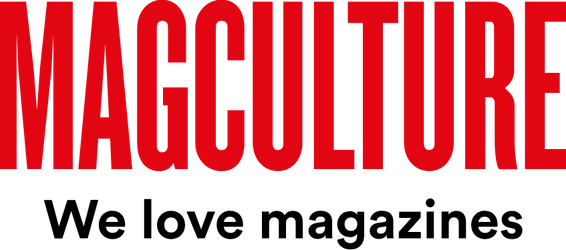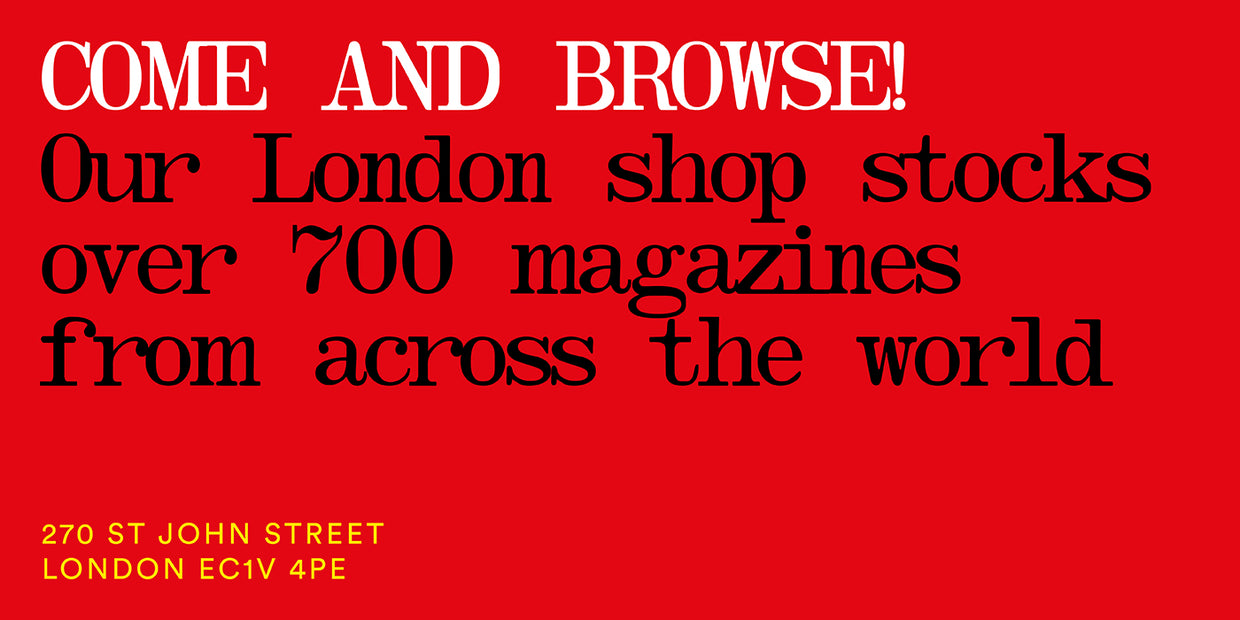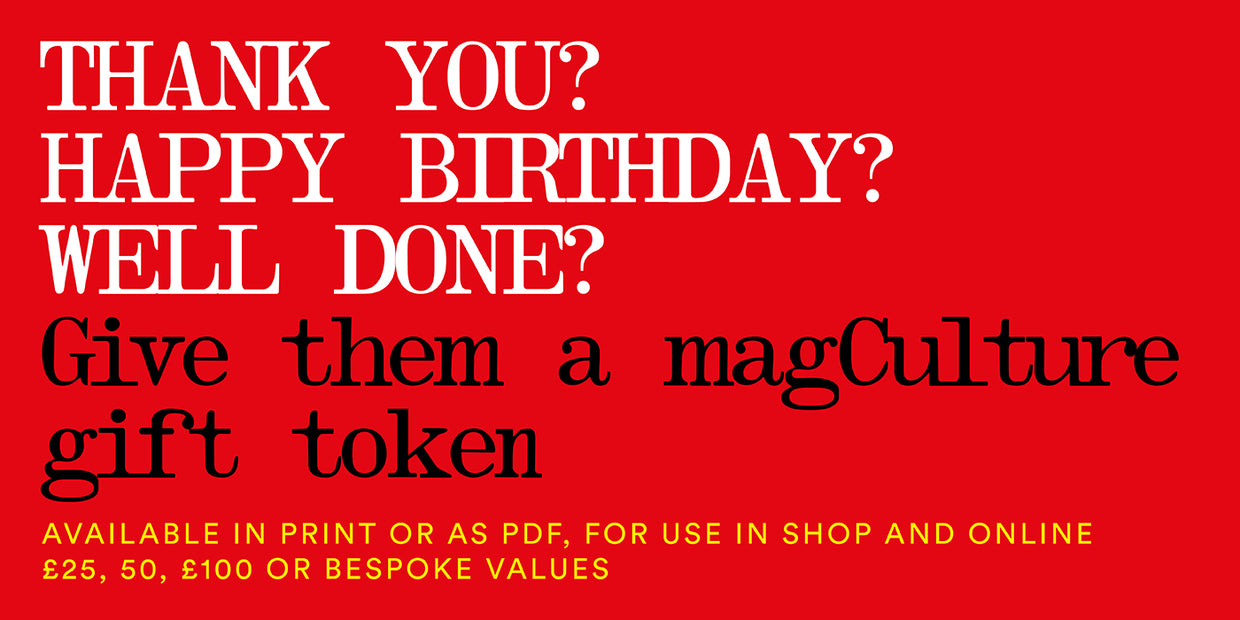
Péter Kormányos, Purgatory Sandwich
Amsterdam-based Hungarian expat Péter Kormanyos publishes Purgatory Sandwich, a shouty little zine that describes itself as ‘unidentified creative fuckaroundery.’
What does that mean? ‘We admire all the creative lunatics who want us to be bad & dangerous, forget what we learned, and want to get out of the 20+ people meetings where rules, compromises, and frameworks are the enemies of our wonderful imagination,’ he says. Could he be talking about his day job as a marketing strategist?
Read on to hear more about this vivid little zine and its inspirations, along with some detailed advice for wannabe publishers.

What are you doing this morning?
I woke up at 6am and started my day with a coffee while catching up on the news and getting inspired by the new ToiletPaper magazine. Once my wife is up, I make a cup of green tea for her, and we chat about our plans for the day in the morning.

Around 7 am, I’ll be on my bike cycling 10km to work, which is quiet and also an exercise, but I love the whole cycling culture of Amsterdam. I always change my route to the office to avoid getting bored. I’d prescribe cycling adventures to everyone in big cities.
I am usually the first in the TBWA building, where I do some morning snacks and my second coffee. I read through my emails to get up to speed with all my projects when the first meeting comes. I also like watching at least one inspiration from creatives like Virgil Abloh. I recommend this Harvard lecture to everyone to watch.

Describe your work environment—what can you see from your desk/ through the window?
So, here is my extra screen in front of me. As you can see, I don’t use it like other people; instead, I use it as a canvas for inspiration, so whenever I look at it, there is something that fires up my soul.
You can read quotes from Tibor Kalman, editor-in-chief for the first ten issues of the Colors magazine, who was hired by Toscani himself. His quote showcases the enemy of creativity: committee culture created by big companies. I don’t like it because you have to make a lot of compromises along the way, so your idea is getting weaker at every stage based on different opinions. And as Sir Jony Ive said: ‘Opinions are easy and ideas are fragile.’
So, every morning I remind myself of our daily challenge: we live in a world where people wouldn’t care if three-quarters of brands disappeared tomorrow, and free porn is the most watched online content on the internet, so what can we do that makes people care about us and can be as satisfying as watching porn? If you also think we are facing this challenge and you feel out of energy this morning… just remember this quote I stole from Nils Leonard:


Which magazine do you first remember?
Colors magazine by United Colors of Benetton. I have some issues at home, and I still love going through them again and again. It is one of the most provocative magazines of all time, and it embraced subcultures in an interesting way before mainstream marketing practices started to steal from subcultures for their own benefit.

Oliviero Toscani didn't just push boundaries; he shattered them completely. He urged brands to embrace their purpose, to move past mere surface-level appearances, and to tackle pressing social issues. In doing so, he made us uncomfortable in a way that ignited change. Toscani's work acted like a cultural grenade, challenging the complacency of the status quo. It wasn't just about the shock value; it was the strong intent behind it. Toscani wasn't trying to sell you an illusion; he aimed to awaken you to reality.

Aside from yours, what’s your favourite magazine?
I like MSCHF, a Brooklyn-based creative collective that also makes its own zines. Recently I bought their Mag 360. MSCHF Mag 360 archives contents from the first six volumes of MSCHF Mag, originally published from 2020–2022. They describe that ‘MSCHF Mag is a format-breaking, quasi-speculative hackercore and culture-jamming-lite publication with both print and web components, that aims to instruct and inspire a digitally-saturated generation to find joy in breaking restrictive systems.’

Mag 360 includes all of the crazy ideas that the design collective has made. Like a handbag that is smaller than a grain of salt and requires a microscope to view the Louis Vuitton monogram engraved upon it. Bootleged Nikes with a drop of human blood in each sole—666 Satanic pairs, of course—Eat the rich popsicles designed to resemble various billionaires, including Jeff Bezos, Bill Gates, and Mark Zuckerberg, or an Anime financial dating simulator that does your taxes. Hopefully, I ignited your appetite to check them out and their weird and wonderful creations.

Describe Purgatory Sandwich in three words
Unidentified creative fuckaroundery.

We started as a zine; then we made a sandwich, and recently created an illegal poster tribute on the streets of Amsterdam to Oliviero Toscani, and who knows what comes next?
I guess our purpose is to create something that is impossible to define.

The zine looks and reads like you had a lot to get off your chest… what inspired it?
Great creativity comes out of frustration. You can feel some of that frustration in my answer to your second question. Still, in general, The Purgatory Sandwich was born because of the imagination crisis of today’s creativity. Ann M. Pendleton puts this societal problem quite elegantly:
‘Despite the increasing need for truly imaginative thinking, we are experiencing a real crisis of imagination. This is due, in part, to a misunderstanding of the role of the imagination and its capacity to problem solve as well as innovate. We are not good at catalyzing it when needed, and more importantly, putting it to pragmatic purpose. The imagination is a muscle that, for many, is wasting away in a world ruled by text, data, pre-packaged images, and "easy" solution-seeking processes." —Ann M. Pendleton, Former Architect & Professor at MIT.
All in all, I’ve had a lot of creative ideas in my day-to-day work, but lots of them were sacrificed at the altar of conformity. So, I guess Purgatory is also the rescue platform for them where I don't have to compromise my thinking. And I was lucky enough to get Gean on board, who translated my weird and provocative thoughts into an experimental design approach that embraces an absurd & rebellious punk vibe.

A lot of people also ask about the inspiration behind our name, so I tried to do my best to explain: Purgatory Sandwich is a souldropiliciously daring creative fuckaroundery, where ideas simmer in the intriguing in-between, not quite heavenly yet far from hellish. Amsterdam's sandwich culture also inspired our name, as our spicy thoughts venture like the vibrant filling of a sandwich—where you can discover the wonderful and the outright unexpected. The Purgatory Sandwich isn't just a name to us; it's a celebration of creativity's potential while fighting against the corporate monotone of obviousness.

What do you hope readers will take away from the zine?
We believe that creativity is the unusual stuff, it frightens us and makes us feel insecure. Creativity is not a privilege, it's not a job title, it's not someone's philosophy from the past, and it cannot be economically modeled. Creativity is your unique way of looking at the world. It's the sum of your personal beliefs, weirdness, experiences, amateurism, imperfections, bravery, insecurities, etc.
So the truth is that we believe in something subversive with Gean called The Purgatory Sandwich, destined to unhinge people's nervous system and encourage them to use their imagination to provoke or confuse the hell out of us with something interesting. Therefore, after reading The Purgatory Sandwich, we want people to resist mediocrity and try to get to the wacky, absurd & unreasonable. As George Bernard Shaw said: "…All progress depends on the unreasonable..."
How does Purgatory Sandwich relate to your day to day work in advertising?Marketing is a future-creating process, yet we often only optimize the present and bore the f*ck out of culture. Our job is to get brands into culture, and I see consumption as a cultural act. People choose the brands that are aligned with who they are & their cultural subscriptions. There are brands that everyone knows and nobody cares about. If momentum is sustained, it will roll over everything in its path. So, we write every point-of-view-driven thought piece as something that could be easily used for any commercial brand. The Purgatory Sandwich shows our industry that we need to break out of our monoculture because the view from the street beats the view from the screen.

Please highlight one story that sums up how the magazine works, and gives a sense of what the reader can expect from it
Firstly, I want to highlight our latest project called ‘Slapping Creativity Awake.’ A creative legend, one of the biggest inspirations behind The Purgatory Sandwich, recently passed away: Oliviero Toscani. Holding tight to his beliefs that ‘Your highest insecurities are the best moments of your creativity,‘ we paid a proper tribute to him & we decided to do an illegal wild posting around Amsterdam.
We made a 10-poster series called ‘Slapping Creativity Awake,’ where we juxtaposed his provocative words from 12 years ago with our rebellious punk design style to reflect on our industry's ugly truths and the rawness of the streets. As one of our friends put it, the vibe “feels like something you can see near the Berghain nightclub at the border between Kreuzberg and Friedrichshain.” The whole idea serves as an open reminder, not just to our industry but to everyone, to aspire to the unusual that no mortal has ever dared to dream. It's fantastic to see already how many people are stopping there to read the whole thing.
Or the concept of the cover design regarding our limited edition issue also perfectly describes our spirit and unreasonable thinking: We juxtaposed dictators, old anatomy book visuals, and disclaimer-style copywriting on the cover. We positioned dictators from Venezuela, Russia, and N. Korea as different diseases as they have the unique skills to cause sudden bouts of nausea, spontaneous gag reflexes, and the uncontrollable urge to throw up your beliefs. If symptoms persist, we recommend curing yourself with the legally sinful choice: the Purgatory Sandwich. We love it when people say, “I got a Putin or Kim..” when they are in the magazine store.
 What advice would you offer someone planning to launch a magazine?
What advice would you offer someone planning to launch a magazine?
I’d recommend to keeping this 5 points in mind:
1. Own the amateur mindset
Be stupid because you try desperately to find out when you don't know the rules. Therefore, knowledge is a course. And when you have the mindset of the amateur, you start breaking all the rules of regular magazine making. For example, we've asked ourselves, how can we launch our second issue as something that can exist in two completely different textures, dimensions, or even industries? That’s how we collaborated with InBread, who helped us turn the Purgatory Sandwich into a triple-carb Japanese-style sandwich next to our zine.

2. Have a point of view
The magazines that are unwilling to have real/truthful conversations with their audience will become completely irrelevant and, therefore, invisible. A point of view is your magazine’s view/opinion on something. For us, everything started with this point of view:

3. Find interesting tensions
It’s human nature to be intrigued by problems. Where there is friction/tension, there is heat, energy, and conversation. No wonder TV series like Love Is Blind are so popular everywhere. That’s why we also try to build our thought pieces around different tensions.

4. Embrace chaos
As Dan Wieden said: ‘Chaos is the only thing that honestly wants you to grow. The only friend who really helps you be creative.’
So, please don't shy away from chaos; embrace it because chaos will ask you stuff that order never will. Here is the room where Sir Paul Smith starts his projects:

And from his chaotic room, he created something simple for his LA store, which is the most Instagrammed building in the whole of Los Angeles:

5. Use your imagination
The focus on logic is minimizing your potential. Creativity is not linear and logical. It’s not about reductionism but how you can make a ‘mind orgasm’ for the reader. And for that reason, you need to make big leaps and bring the unreasonable into your magazine.
What are you most looking forward to this coming week?
Well, I’m looking forward to catching up with Gean, my partner in crime who moved to New York from Amsterdam, but we still do the zine together. We already have some ideas for an exhibition and how our new zine can born out of that, or we are even thinking about a coffee collab and limited edition zine where we’d juxtapose the world of blood donations with coffee. Again, we also want to level up our creativity for the next zine.
Author/editor Peter Kormanyos
Designer Gean Santos
@purgatorysandwich


